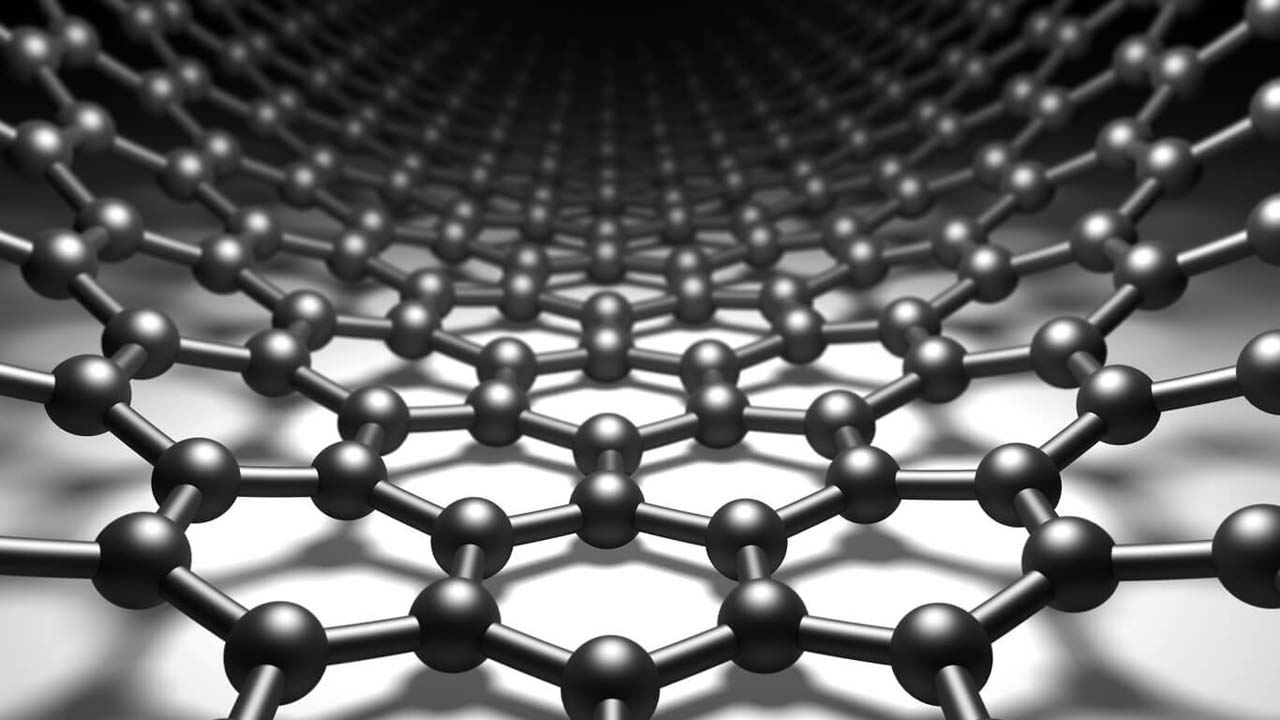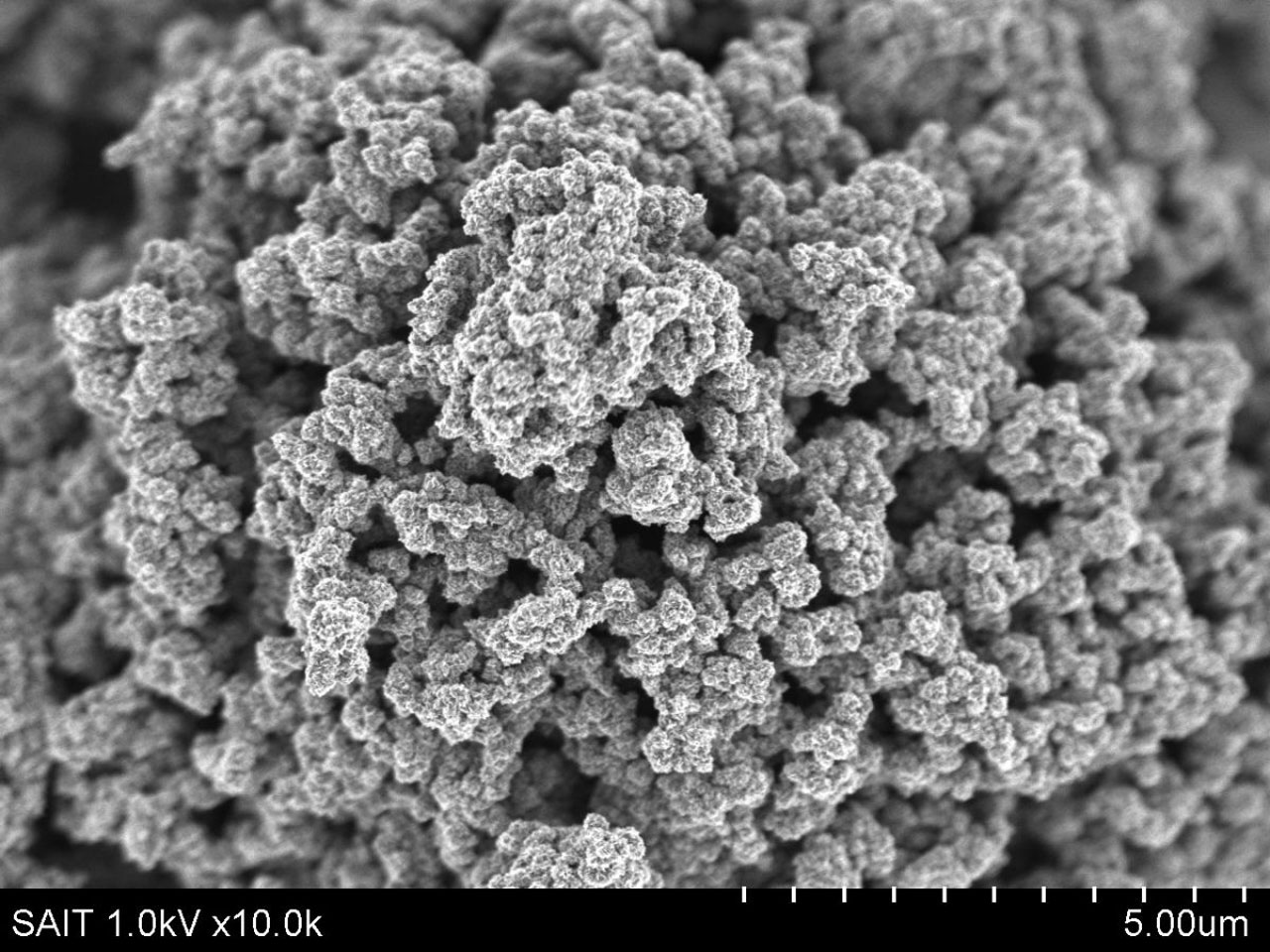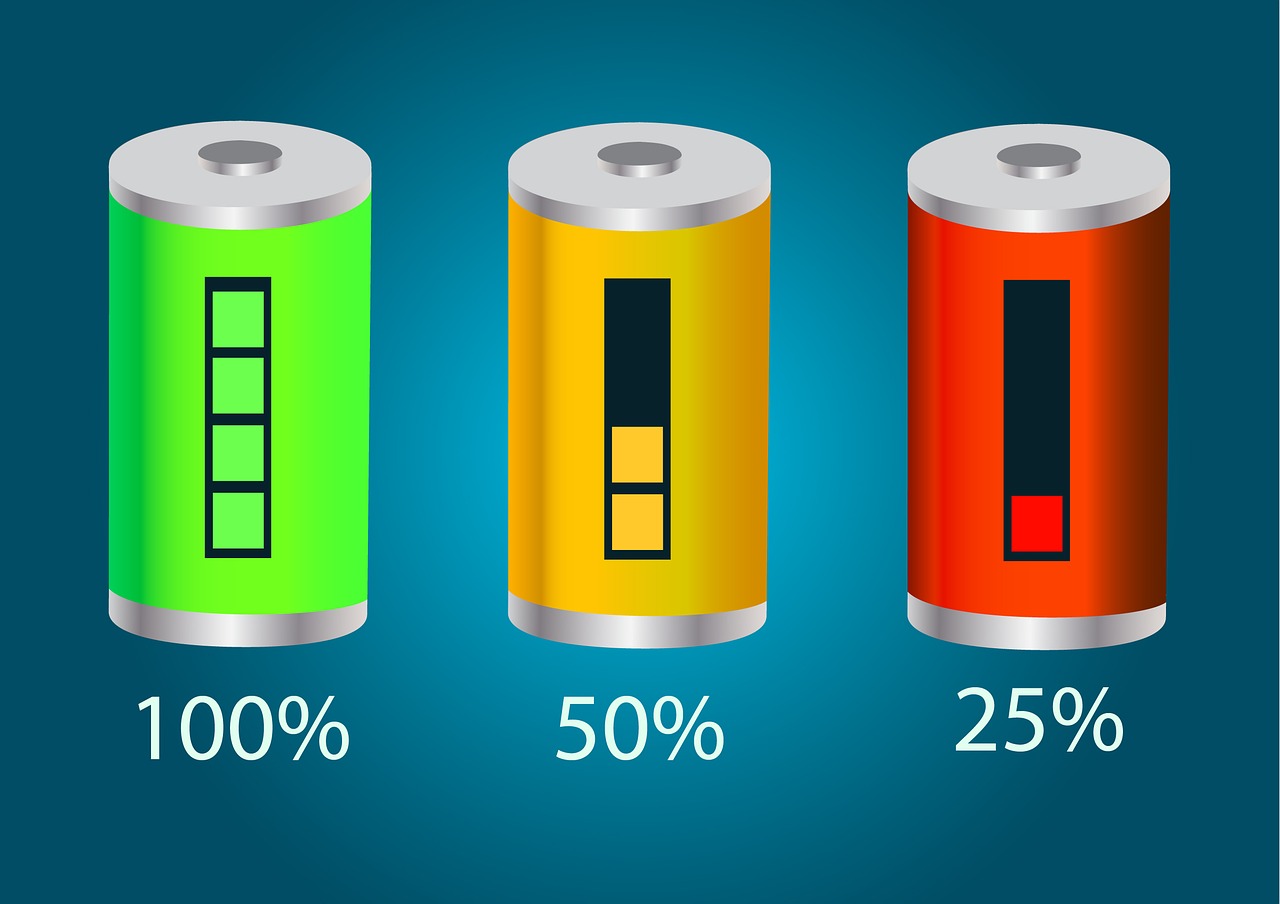Huawei France made a big hoo-haa in tech media by posting a now-removed tweet revealing that the upcoming Huawei P40 may allegedly include a graphene battery. The claim raised several eyebrows, which also lead well-known leaker IceUniverse to declare such battery technology is, as yet, impossible.
So, this begs the question: what are graphene batteries, and how would it impact the smartphone industry?
Graphene is a sheet of carbon atoms bound together in a honeycomb lattice pattern, and is a potent conductor of electrical and thermal energy. It’s not chemically reactive, very lightweight, and flexible. The material is also widely considered as eco-friendly and sustainable.
Batteries enhanced with graphene is suitable for high capacity energy storage and is also capable of shortening charging times. On top of that, it could also prolong battery life compared to those based on Lithium Ion (Li-ion) which is the current material found in most devices that we are using today.

Based on a 2017 report by Samsung, a graphene ball was developed by Samsung Advanced Institute of Technology (SAIT) that enabled a 45% increase in capacity and five times charging speeds compared to Li-ion batteries. The report stated that the breakthrough provides promise for next generation secondary battery market, especially for mobile devices and electric vehicles.
So far, graphene has been ticking all the right boxes in becoming an ideal replacement for Li-ion based batteries. With its implementation, smart devices would have larger battery capacities, faster charging times, and slower discharge. Furthermore, thanks to the material’s large surface placement, graphene batteries are thinner and could take up less space compared to current Li-ion ones – this would allow manufacturers to employ thinner design to smartphones and tablets.
However, as good as it sounds, graphene batteries are still in its development stages which requires further testing and improvements before it will ever become a part of our day-to-day devices. Let’s not forget that featuring such breakthrough technology would also increase the cost of these products as well.

According to industry insider Evan Blass aka EvLeaks, Samsung is expected to release a graphene based battery smartphone by the end of 2020 or by early 2021. Nevertheless, an official announcement from Samsung regarding this has not been made just yet, so do treat it as hearsay rather than facts. For the time being, it’s skeptical that Huawei managed to achieve such breakthroughs without an announcement prior to its now-deleted tweet on its french Twitter account.
Then again, who knows and only time will tell if we’ll be getting graphene batteries in our devices anytime soon. If it is true, then let’s just hope a certain incident doesn’t repeat itself.
(Sources: Graphene-info, Evan Blass, Samsung // Header image: Needpix.com.)
Follow us on Instagram, Facebook, Twitter or Telegram for more updates and breaking news.



